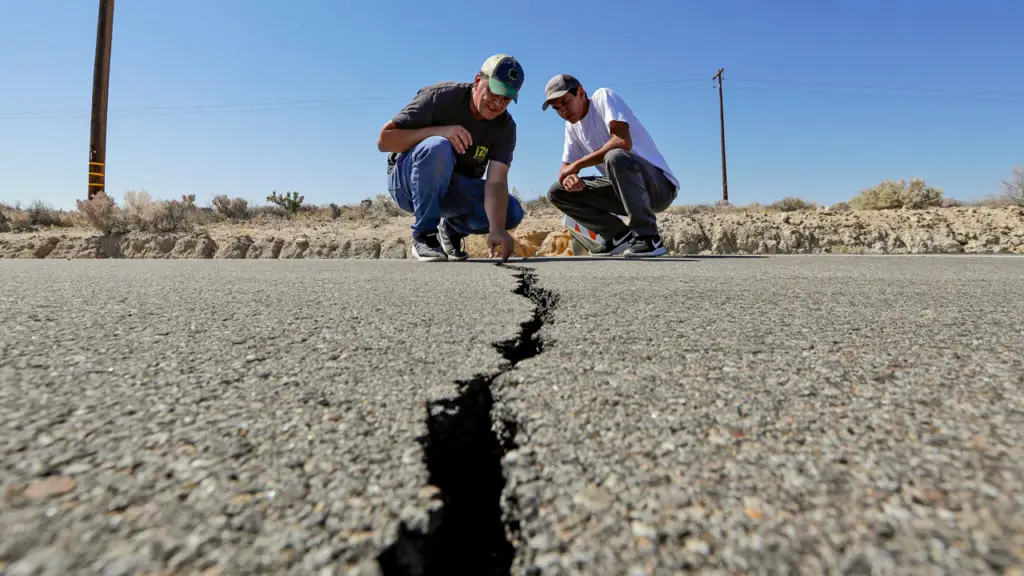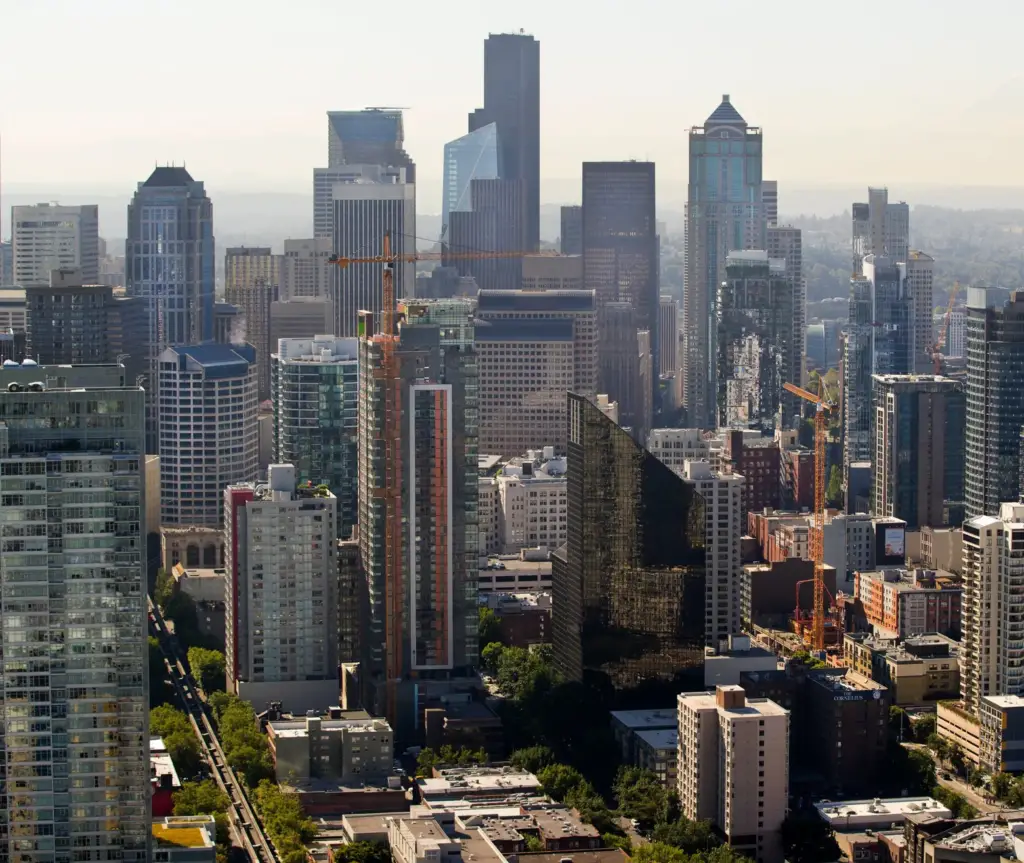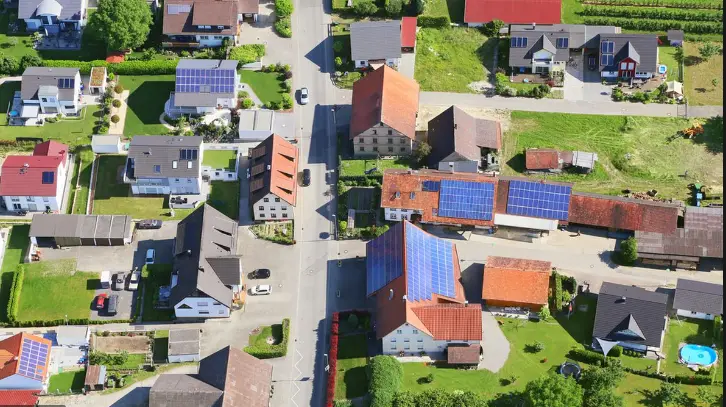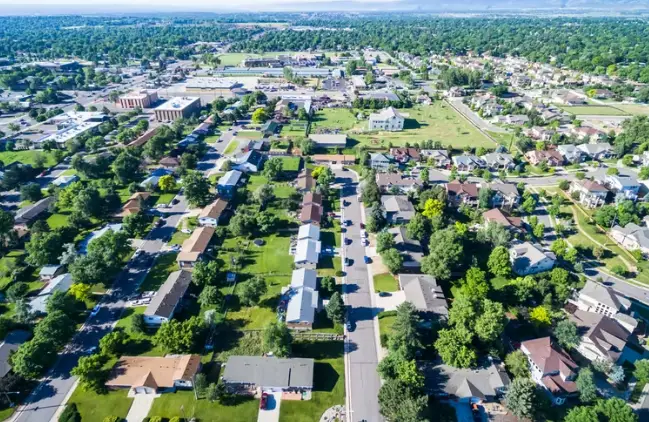Introduction
Hello, welcome to smartexplore.com let us find answers behind California earthquakes. Recent earthquakes in California have left many people wondering why this state is so prone to seismic activity. In this article, we will explore the history of earthquakes in California and how they are caused. We will also look at some of the potential causes of these earthquakes.
Why does California have so many earthquakes?
1. California lies on the San Andreas Fault
California is located on the Western edge of the Pacific Plate. The San Andreas Fault runs through California and is one of the most active faults in the world. Earthquakes happen when two plates collide, and the force of the collision creates an earthquake. The San Andreas Fault is responsible for most of the major earthquakes that have shaken California over the past few centuries.
The fault is long and twisted, making it difficult to predict when an earthquake will happen. Additionally, the state has many oilfields and underground storage facilities, which have added to the earthquake risk.
The California coastline is made up of several tectonic plates. These plates move and grind against each other, causing earthquakes. In addition, the state has a large underground reservoir of magma that creates pressure when it rises to the surface. When these two things come together, an earthquake happens.
2. Pressure ridge

Photo Credit: Marcio Jose Sanchez
One of the reasons California has so many earthquakes is because of a pressure ridge. This ridge is located near the San Andreas Fault and it causes the earth’s crust to move. Over time, this movement has caused the fault to rupture and create earthquakes. The ridge is also responsible for other seismic events, such as large tremors and earthquakes.
The pressure ridge is a region of the Earth’s surface that is especially susceptible to earthquakes. It’s made up of two tectonic plates, the Pacific Plate and the North American Plate, that are moving towards each other. The pressure ridge creates an area where the two plates meet and makes it easier for them to slip. In fact, California experiences about 6.7 earthquakes per day – more than any other state in America.
3. Thin crust
The crust is the outermost layer of Earth’s surface. It’s about 2,000 feet thick on the North American continent and is made up of rocks that are ages ranging from about 4.5 billion years old to less than 100,000 years old. Some of these rocks are very soft and can easily be deformed by pressure or heat. When these rocks are placed over an area that has started to move, they can cause the ground to shake.
This layer is responsible for transmitting the force of an earthquake through the ground. When this layer is disturbed, it can cause an earthquake. The thin layer doesn’t have enough strength to support the weight of the two plates, so they start to move and eventually break.
You may also like // Why is Odessa Texas so dangerous? | Answered!
4. Oil and gas extraction

Photo Credit: KQED
California has a long history of oil and gas extraction. This activity has caused many earthquakes over the years. The reason is that oil and gas extraction involves pumping huge amounts of water and chemicals underground. This causes the ground to expand and contract. It also creates pressure that builds up until it’s released in an earthquake.
It’s also been linked to other environmental issues like fracking. By reducing oil and gas extraction, we could help reduce the number of earthquakes in California. We can also work to ensure that these processes are done safely so that they don’t cause any more damage.
Wastewater injection is when water is injected deep underground to help control groundwater levels. This practice can cause gas and oil to seep up to the surface. Thus, causing the ground to compact, which has caused earthquakes. Wastewater injection can also cause earthquakes by injecting water into the earth’s magma chamber, which can cause an eruption.
5. Population growth

Photo Credit: The Seattle Times
There are many factors that contribute to earthquakes in California, but one of the most important is population growth. When more people live in an area, they put more stress on the earth’s surface. This increases the likelihood of an earthquake happening. Additionally, when buildings are constructed close to each other, they create weak areas in the ground that can amplify the force of an earthquake.
The number of earthquakes per year in California has been on the rise since 2009. This is likely because there are more people living in areas that are prone to earthquakes. Earthquakes occur when two plates collide, and the pressure from the collision causes the ground to shake. The more people there are in an area, the more likely it is for an earthquake to happen.
Related Article // 10 Reasons why you will regret moving to San Diego
Conclusion
Earthquakes are a natural occurrence, and as humans, we are constantly affecting the earth’s crust in ways that can lead to earthquakes. By understanding some of the different factors that contribute to earthquake activity in California, we can begin to make changes that will reduce our risk of experiencing one.
Related Article // Reasons why you will regret moving to Dallas








